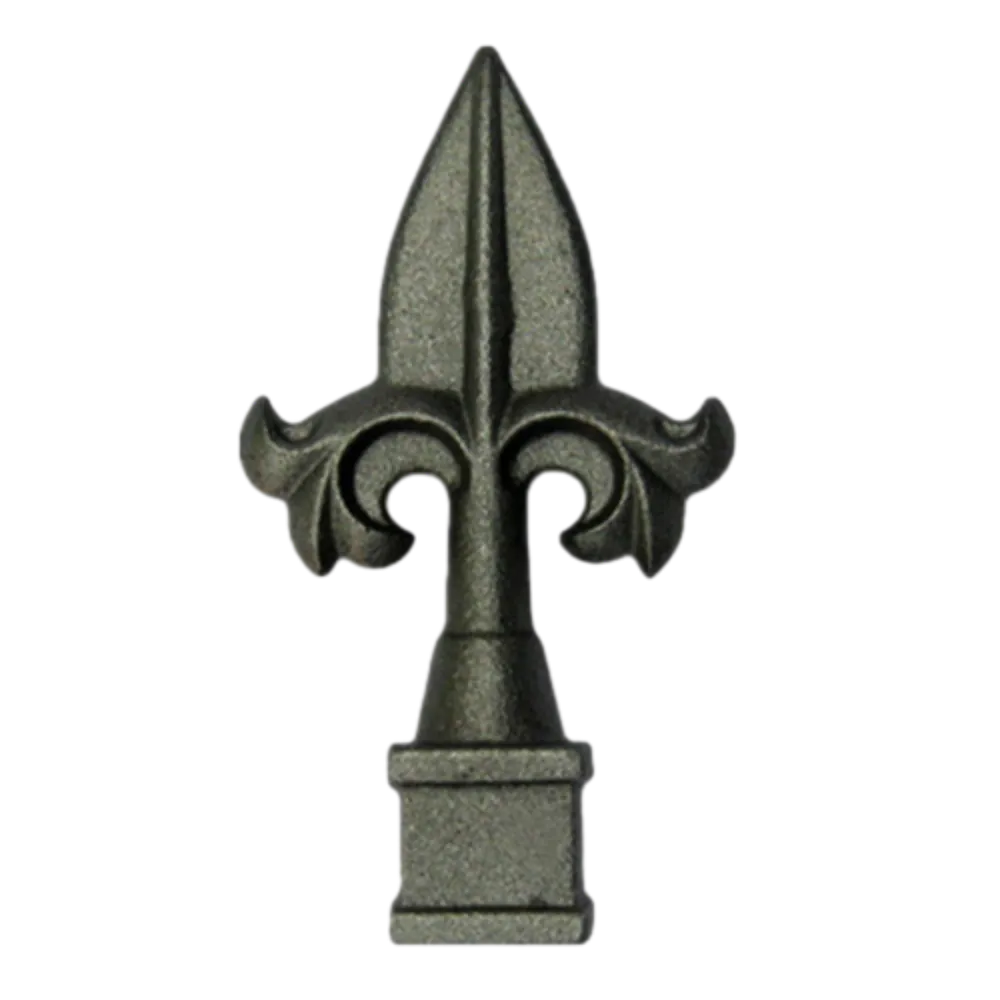wrought iron rust
The Intriguing Nature of Wrought Iron Rust A Journey Through Time
Wrought iron, a material praised for its strength and malleability, has a rich history dating back thousands of years. Its use in various applications, from architecture to artistic sculptures, has made it a staple in many cultures. However, like many materials, wrought iron is not impervious to the effects of time and environmental exposure. One of the most significant challenges wrought iron faces is rust, a process that not only dictates the longevity of the material but also manifests as an aesthetic phenomenon on the surface.
Rust is primarily a result of the oxidation of iron, occurring when iron reacts with oxygen in the presence of moisture. The chemical formula for rust, Fe₂O₃·nH₂O, represents hydrated iron (III) oxide. While rusting is often perceived as a negative outcome, it is important to understand the complexities surrounding this process, especially in relation to wrought iron.
Historically, wrought iron has been used in structures such as bridges, railings, and gates, where its durability and workability are essential. However, exposure to the elements can lead to rust formation. The early stages of rusting may present a reddish-brown coloration, often regarded as unsightly. Yet, this same process can lead to what some consider a unique beauty, giving wrought iron a character that polished or newer materials lack.
In more modern times, the aesthetic of rust has found its way into design and architecture, celebrated for its earthy tones and organic appearance. Designers and architects have begun to embrace the natural patina that forms on weathered wrought iron, recognizing that rust can complement the surrounding environment rather than detract from it. This approach challenges traditional notions of beauty and prompts a reevaluation of how we perceive decay and deterioration.
wrought iron rust

However, the attraction to rust doesn't mean that neglecting wrought iron is advisable. While some may appreciate the rustic charm, it is vital to implement protective measures to ensure the longevity of wrought iron structures. Various techniques, such as using paint or protective coatings, can help shield the metal from moisture and oxygen. Additionally, regular maintenance plays a crucial role in preventing severe rust formation. Cleaning and inspecting wrought iron periodically can aid in identifying early rust signs, allowing for timely intervention.
Interestingly, similar to other metals, wrought iron rust can be beneficial under certain circumstances
. For instance, in specific artistic applications, controlled rusting can enhance the visual impact of a piece. Artists may intentionally allow their wrought iron sculptures to oxidize, infusing their work with texture and depth that resonate with themes of nature and time.Moreover, the scientific community continues to explore the impact of environmental factors on wrought iron rusting. Factors such as air pollution, humidity levels, and environmental conditions are crucial in determining the rate of rust formation. Understanding these elements can not only assist in creating durable wrought iron structures but also guide future innovations in rust-resistant materials.
In summary, wrought iron rust is a phenomenon that encapsulates both the challenges and unique beauty associated with one of humanity's oldest materials. While rust can signal deterioration, it also represents a natural progression, turning the passage of time into an aesthetic narrative. Whether through meticulous preservation or intentional corrosion for artistic expression, wrought iron rust serves as a reminder of the dynamic interplay between nature, time, and human creativity. As we continue to navigate the balance between preserving and celebrating the past, the story of wrought iron and its rust provides an intriguing lens through which we can examine our relationship with materials and their journey through time.
-
Window Lock Handle for Security UpgradesNewsJun.20,2025
-
Proper Lubrication Techniques for Sliding Gate WheelsNewsJun.20,2025
-
Ornamental Iron Castings for Interior DesignNewsJun.20,2025
-
Creative Ways to Decorate Around a Cast Iron FireplaceNewsJun.20,2025
-
Cast Iron Pipe and Fitting for Plumbing SystemsNewsJun.20,2025
-
Cast Iron Panel Casting for Architectural ElementsNewsJun.20,2025















